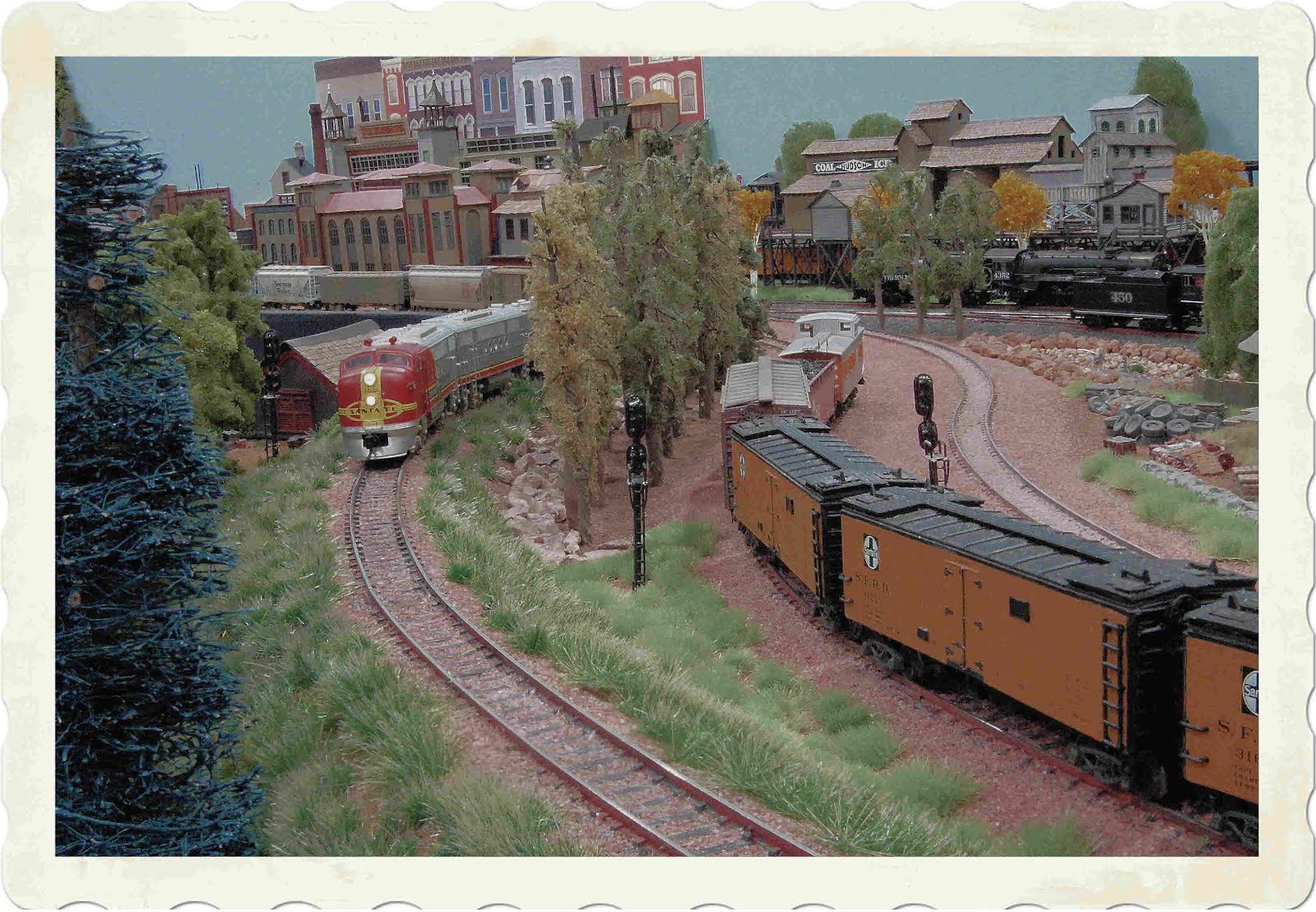Many years ago I was able to purchase eight Micro-Ace 0-6-6-0's at a very reasonable cost per locomotive. Four were Micro-Ace A0651's and four were Micro-Ace A0652's. My cost per locomotive was slightly over $100 per locomotive. Today these locomotives cost significantly more since they are no longer in production and they have significant appeal to many N scale modelers.
The Micro-Ace 0-6-6-0 is much smaller than most N scale steam locomotives with similar wheel configurations. Aside from that, the 0-6-6-0 out performs most American steam locomotives. The Micro-Ace 0-6-6-0 has a typical Japanese look with a much smaller tender. The tender also has a rear truck with only one axle. ( See Photo # 1)
 |
| Photo # 1 Micro-Ace A0651 With A Typical Japanese Configuration |
Despite the look of this locomotive, the Micro-Ace 0-6-6-0 can be easily Americanized. The first thing I did with this locomotive was to install Lenz min silver decoders in several of these locomotives. The installation was similar to the decoder installation in the kato Mikado. Once the motor is isolated the rest of the decoder installation was a snap.
I Americanized one Micro-Ace A0651 and one Micro-Ace A0652. I decided to use a Spectrum long tender for each locomotive. This was an easy process and was easy to do once the original draw bar of of the 0-6-6-0 was lengthened and was connected to the long tender. I changed the front pilot of the Micro-Ace A0651 by using a front pilot from A Spectrum 2-6-6-2. Brass detail parts were added to each locomotive. This was easily bonded to the front pilot of the 0-6-6-0. I installed a MT Z scale #905 coupler on the new front pilot of the 0-6-6-0.
I changed the side panels under the cab of the locomotive as well. MT Z scale couplers were also installed on the rear of the new long tender. New decals were added and the ATSF road numbers now identify the 0-6-6-0. Before the decals were added , each locomotive and tender were repainted. (See Photo # 2 & Photo # 3).
 |
| Photo # 2 Engineers Side Of Americanized Micro-Ace A0651 |
 |
| Photo # 3 Fireman's Side Of Americanized Micro-Ace A0651 |
When working on the Micro-Ace A0652, I added many pewter detail parts. For the front pilot I used a pewter detail part from one of the GHQ detail kits for a Kato Mikado. MT Z scale #905 couplers were placed in the front pilot and on the rear of the long tender. I also added a Soundtraxx Micro-Tsunami sound decoder and mini oval speaker inside the tender along with a Lenz mini silver decoder for motor functions. I used two decoders as I normally do when I use sound in N scale as I am not fond of the motor functions of the Soundtraxx Micro Tsunami decoder. (See Photo # 4 & Photo # 5).
 |
| Photo # 4 Engineers Side Of Americanized Micro-Ace A0652 |
 |
| Photo # 5 Fireman's Side Of Americanized Micro-Ace A0652 |
If any of these Micro-Ace 0-6-6-0's becomes available on various auction sites, hobby shops or train shows, they are well worth purchasing.







